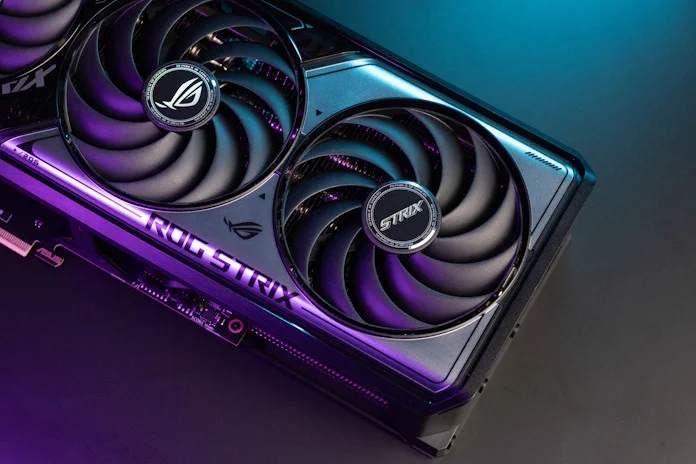Here’s a little thought experiment for you. Imagine that you bought your last gaming monitor in 2020, when lots of folks responded to pandemic-era lockdowns by upgrading their PCs. As a savvy shopper with an eye for maximizing bang-for-your-buck, you opted for a 1080p model, but you splurged a little to get a 144Hz refresh rate. Fast forward to 2025, and this monitor is still on your desk, but your PC has changed. Recently, you spotted a sale on the TUF Gaming GeForce RTX 5070 and snatched it up. The upgrade enabled you to finally play Baldur’s Gate 3 at a smooth frame rate, but now you’re troubled by a nagging question: are you actually getting the performance that you paid for by pairing a new graphics card with your five-year-old monitor?
At best, the answer is “kind of.” Sure, your brand-new card is more than capable of delivering 180+ FPS at 1080p in this game without breaking a sweat. You’re now able to play a game that all your friends have been talking about for the last two years. Those are good things. But your new graphics card is capable of doing so much more than cranking out frames faster than your monitor can display them. For one, the TUF Gaming GeForce RTX 5070 is a 1440p gaming champ. Running the game at that higher resolution would substantially improve your experience of the game while also making better use of your graphics card’s processing resources.
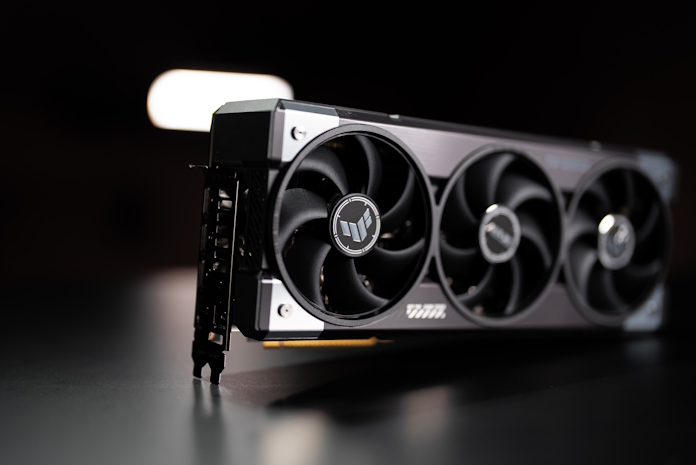
But there’s a longer answer to this question, and it applies to far more people than 1080p gamers with a new NVIDIA GeForce RTX 5070. Part of the story is the way that the performance of graphics cards has ramped up in recent years. But there’s also the latest suite of FPS-boosting NVIDIA RTX features to consider, and a raft of changes on the gaming monitor front, too. If you haven’t bought a new display in a few years, the odds are quite good that you can significantly upgrade your gaming experience without breaking the bank for a new PC.
Here, we’ll dig into all these factors: the interplay between your GPU and display, the full experience that you stand to get with an NVIDIA GeForce RTX 50 Series graphics card, the state of the union in 2025 when it comes to gaming monitors, and few recommendations for buying a high-value gaming monitor during this holiday shopping season.
Don’t let your monitor “bottleneck” your graphics card
It’s common to talk about “bottlenecking” in terms of gaming PC performance. Since games rely on the coordinated efforts of multiple components, PC builders work to ensure that one part isn’t limiting the performance of another. Without sufficient CPU muscle and a motherboard with a PCIe 5.0 x16 slot, for instance, your graphics card can’t reach its full potential.
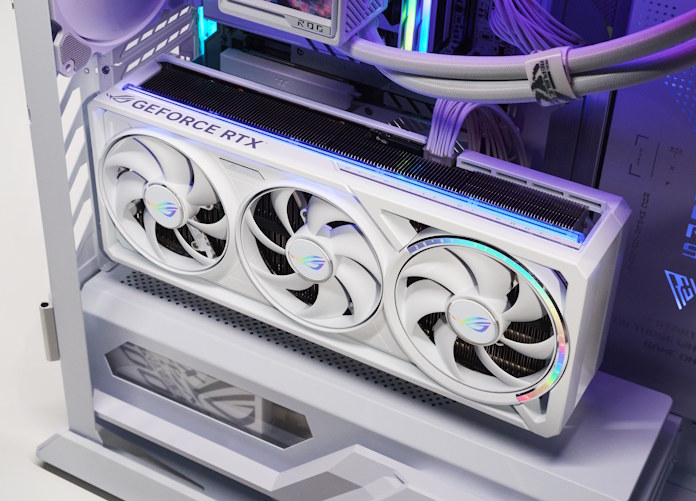
Something comparable happens between graphics cards and monitors. Everything that your graphics card can do when it comes to gaming is only theoretical until it hits your display. If your display’s capabilities lag too far behind your graphics card, you might be in a situation where your gaming experience is being “bottlenecked” by your monitor.
Here’s an extreme example. Think about a gamer playing Counter-Strike 2 on a bog-standard 60Hz monitor using a PC that can reliably produce 60+ FPS in this game on average. If he upgrades to a graphics card that’s capable of 600 FPS, how much of that performance uplift will he notice?
The faster card will have new frames ready closer to the refresh rate cycle, so its increased performance capabilities won’t be completely wasted. But it’s likely that our hypothetical gamer wouldn’t notice much impact from his graphics card purchase when he plays Counter-Strike 2, despite the new card being much more powerful on paper. At the end of the day, he’s still in a situation where he’s only seeing 60 frames every second, just like he was before his GPU upgrade.
Modern NVIDIA graphics cards have changed the game
When you’re looking to create a gaming setup with parity between the graphics card and monitor, the performance of the GPU is a major part of the equation. Yet raw rasterization performance is just the start of the story for the latest NVIDIA GeForce RTX 50 Series graphics cards.

Certainly, these cards deliver a generation-over-generation boost built on elements like next-level GDDR7 and beefy CUDA core counts. But that’s just the start. Built on NVIDIA’s new Blackwell architecture, the latest NVIDIA GeForce RTX 50 Series GPUs introduce next-generation cores for ray tracing, tensor operations, and AI-driven rendering. While they naturally deliver strong gains in traditional rasterized performance, they can do even more in the many games that can take advantage of advanced AI-powered technologies like DLSS 4.
DLSS 4 takes NVIDIA’s deep learning super sampling to the next level, using a refined AI transformer model to construct frames with greater temporal stability, higher detail for moving objects, and reduced ghosting. With one click and zero fuss, you can kick up the performance of a huge range of compatible games. And after that, you can elevate the experience further with additional visual smoothness through Multi-Frame Generation (MFG). MFG uses AI to generate up to three additional frames for every traditionally rendered frame.
Even a mainstream 2025 gaming monitor will let your graphics card stretch its legs and run
Between all their next-gen advancements, NVIDIA GeForce RTX 50 Series graphics cards put incredible GPU horsepower at your fingertips. The question at hand is how you’re going to put that performance to work — and whether your monitor is equipped to keep up.
Perhaps you’re a competitive gamer with a thirst for games like Counter-Strike 2 or Valorant. The common play here is to game at a GPU-friendly resolution like Full HD (1080p) and aim for sky-high FPS. With an NVIDIA GeForce RTX 50 Series graphics card, you can get very high frame rates in these games at 1080p, even without grabbing one of the top cards in the family. To take advantage of all those frames, you need a monitor with an exceptionally high refresh rate.
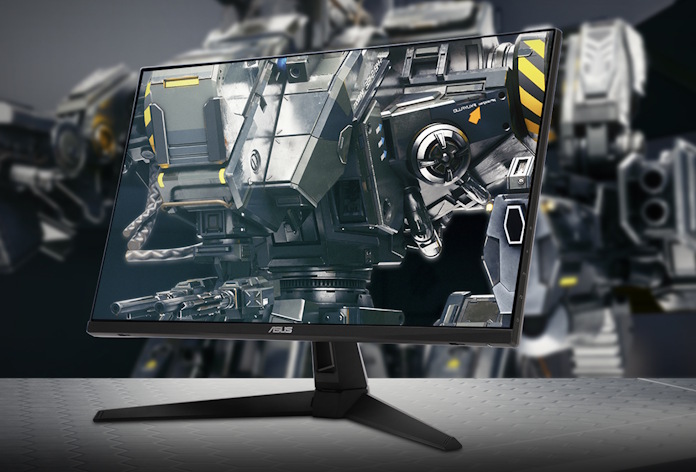
Here’s the good news: such monitors are readily available in 2025. Take the TUF Gaming VG259QMRL5A, for instance. This 24.5-inch gaming monitor pairs a 1080p resolution with a 310Hz refresh rate and a super-fast 0.3ms (min. GTG) response time, and it has a list price of just $199 (USD).
An NVIDIA GeForce RTX 50 Series graphics card can do more than offer high-frame-rate gaming at 1080p. You can also access higher playing resolutions, as well. The GeForce RTX 5080 is a standout option for 4K, and many reviewers have found that it has plenty of overclocking headroom, too. The GeForce RTX 5070 Ti offers excellent 4K experiences, as well, especially when you kick in the FPS-boosting power of DLSS 4.
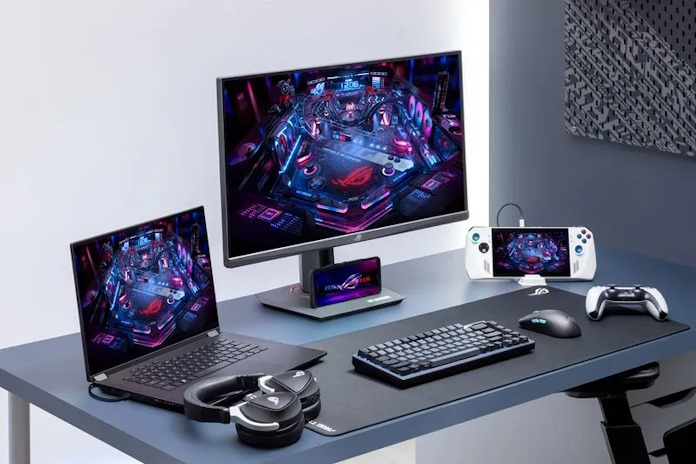
Once again, you might be pleasantly surprised by the feature set you get with a mainstream 4K monitor in 2025. Take the ROG Strix XG27UCG, for instance. Not only do you get the increased detail of gaming at 3840×2160 160Hz, but you also get to enjoy it at high pixel density for very lifelike images. Better yet, this monitor doesn’t make you pick between a high resolution and a high refresh rate. You get both. Through Frame Rate Boost, you’ll also be able to toggle a 1080p 320Hz mode with the press of a button.
For mainstream gamers, a 1440p gaming monitor offers incredible versatility and value. Offering a healthy boost in detail over 1080p, yet not requiring as much top-end GPU horsepower as does 4K, 1440p sits in the gaming Goldilocks zone. 1440p gaming monitors are a great choice for gamers who play games from a wide variety of genres, too. It won’t be hard to find a 1440p monitor with a high refresh rate, ensuring that you have the fast, fluid animation you need for success in esports games. And when you hop over to a next-gen AAA game, you’ll experience the game world in rich detail.
The best 1440p gaming monitor to partner with your NVIDIA GeForce RTX 50 Series graphics card
Since 1440p is such a compelling choice for most gamers, we’ll highlight three options across a range of price points.
The most affordable is the TUF Gaming VG27AQM5A. For less than $300, you get a 27-inch 1440p gaming monitor with an ultra-smooth 300Hz refresh rate. It uses Fast IPS technology with a 0.3ms (min. GTG) response time for fast and sharp images even in fast-paced action. AMD FreeSync Premium ensures tear-free images at low latency. It even offers enhanced color performance, too, featuring 95% coverage of the cinema-grade DCI-P3 color space.
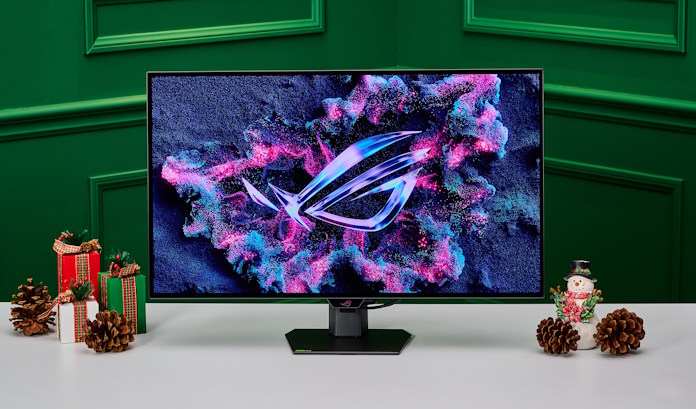
Perhaps you’d prefer the next-gen visuals of an OLED gaming monitor. One of our favorite picks for mainstream gamers is the ROG Strix OLED XG27AQDMG. This monitor makes OLED goodness attainable for a wide audience. You’ll get a welcome boost in detail with its 1440p resolution, but you won’t need anything more than a mainstream graphics card to run games fast enough to take advantage of its 240Hz refresh rate. And with its supremely low 0.03ms response time, you’ll get an ultra-clear picture.
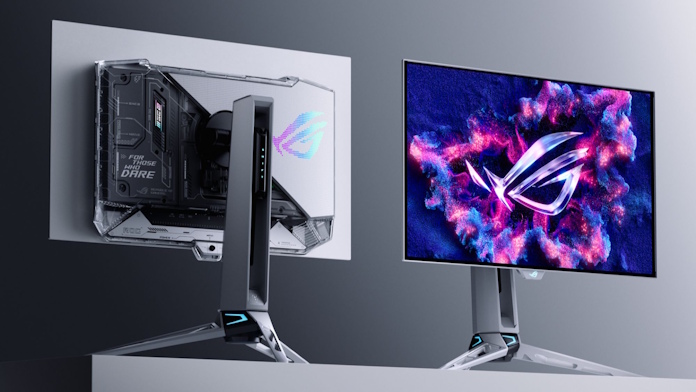
We’ll highlight one last option. This one’s for the display enthusiasts: the ROG Swift OLED PG27AQWP-W. This OLED gaming monitor is coming soon, but it’s already racking up glowing reviews. It’s the first ROG monitor to feature Tandem OLED technology, which delivers 15% higher peak brightness, 25% larger color volume, and 60% longer OLED lifespan versus previous-generation WOLED panels. Our new TrueBlack Glossy™ film provides a zero-haze surface that keeps the impact of dark hues even in brighter rooms. It offers standout refresh rate, too. Dual-mode tech lets you pick between 1440p 540Hz or 720p 720Hz visuals for a truly competitive view of the action.
Even more options for holiday shoppers in 2025
An excellent gaming monitor will keep you glued to the screen for many years, but a day will eventually come when it limits your experience with your new graphics card. If you upgraded to an NVIDIA GeForce RTX 50 Series graphics card in 2025, but your current gaming monitor has been seeing action for many years, the 2025 holiday shopping season is the perfect time to find a replacement.

For Black Friday 2025, we’re offering tempting discounts on not just TUF Gaming monitors, but displays from our ProArt, ZenScreen, and TUF Gaming lineups, too. Click here to check out all our Black Friday 2025 display deals.
We have many deals going on for our other product lines, too. Click here to browse our top deals on laptops, PC building components, peripherals, networking products, and more.

